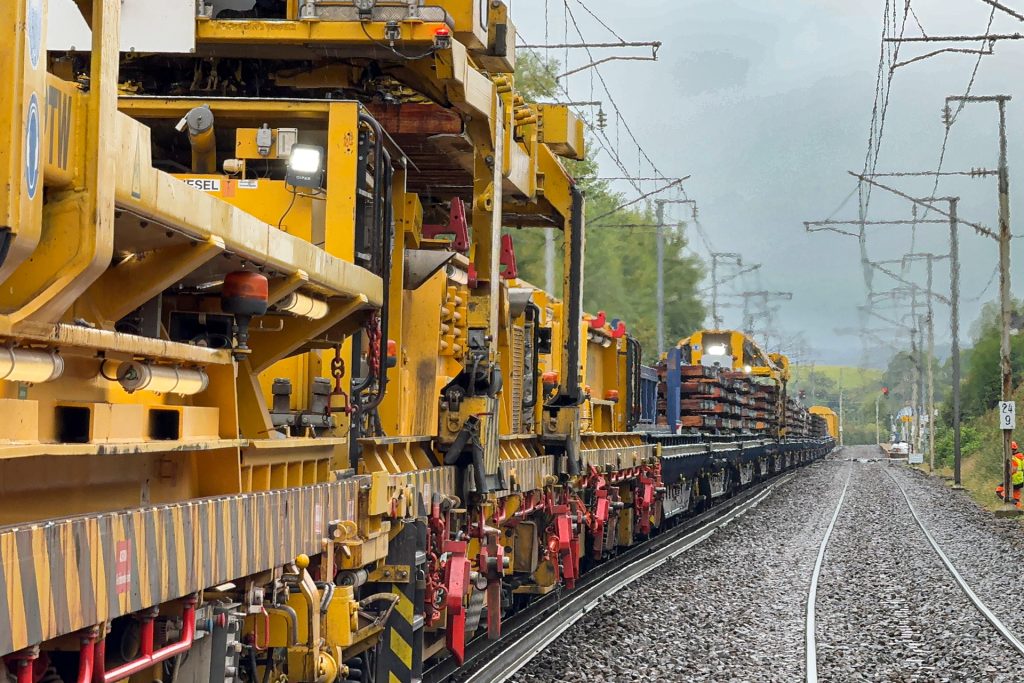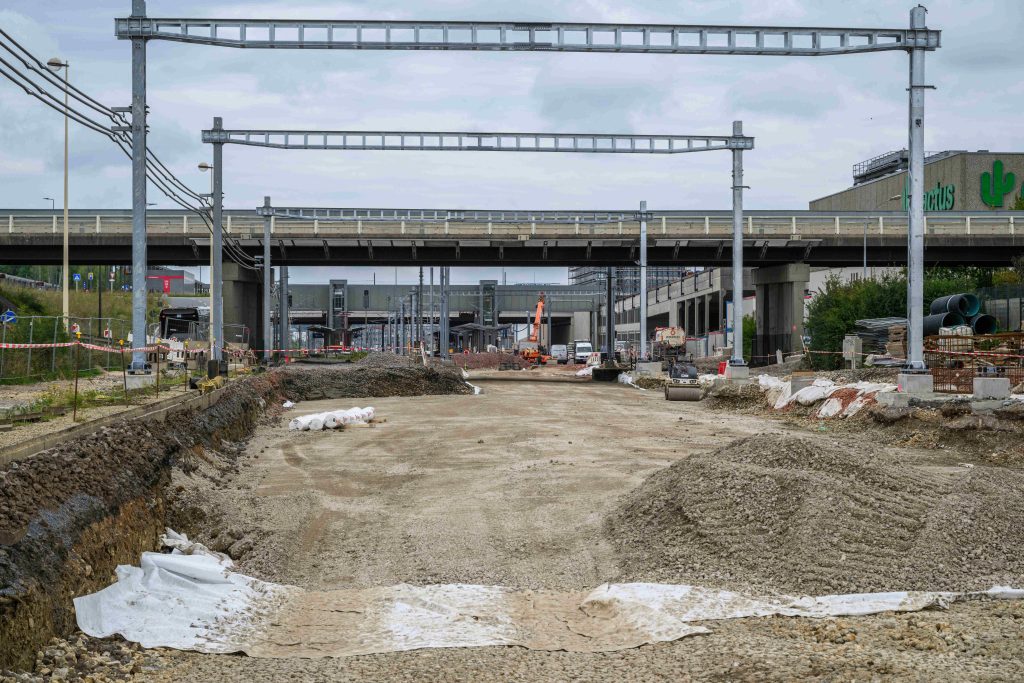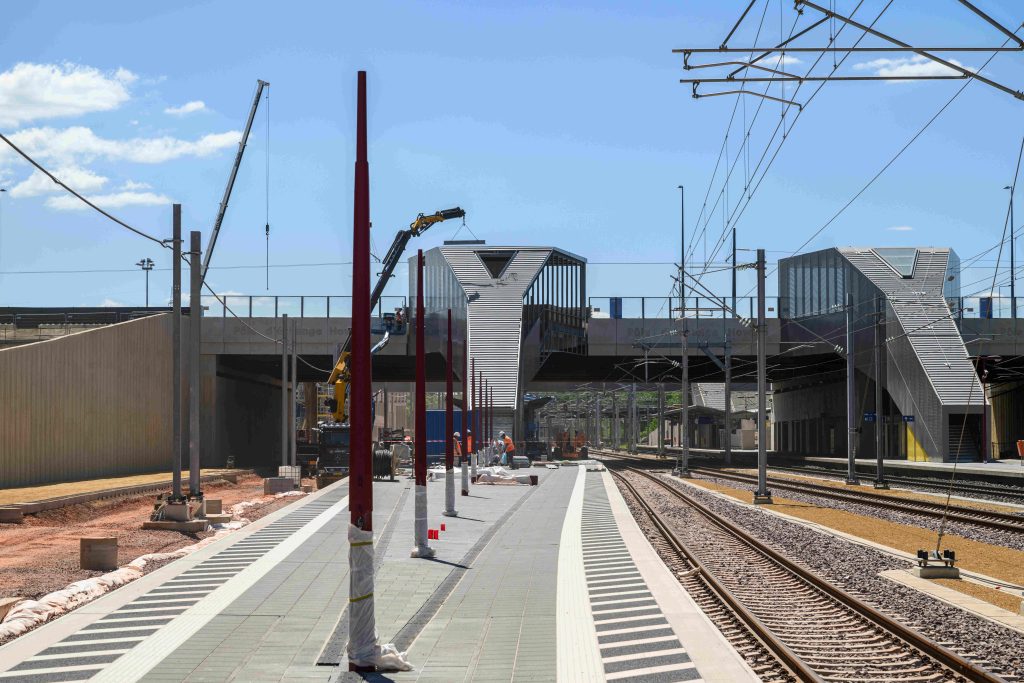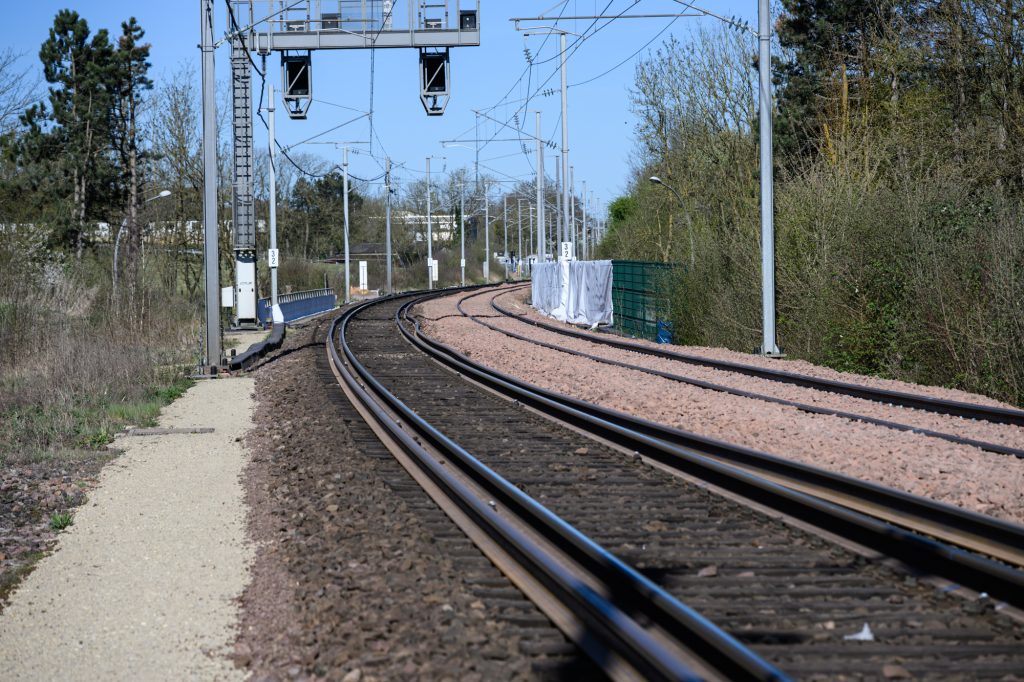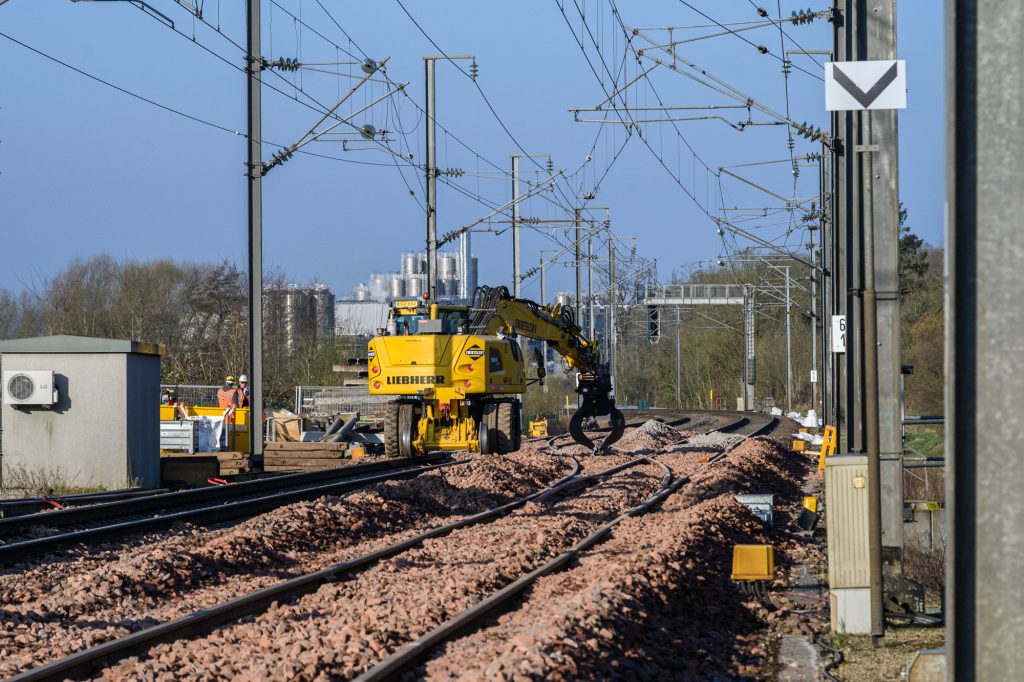
A successful outcome to the summer engineering works in and around Howald
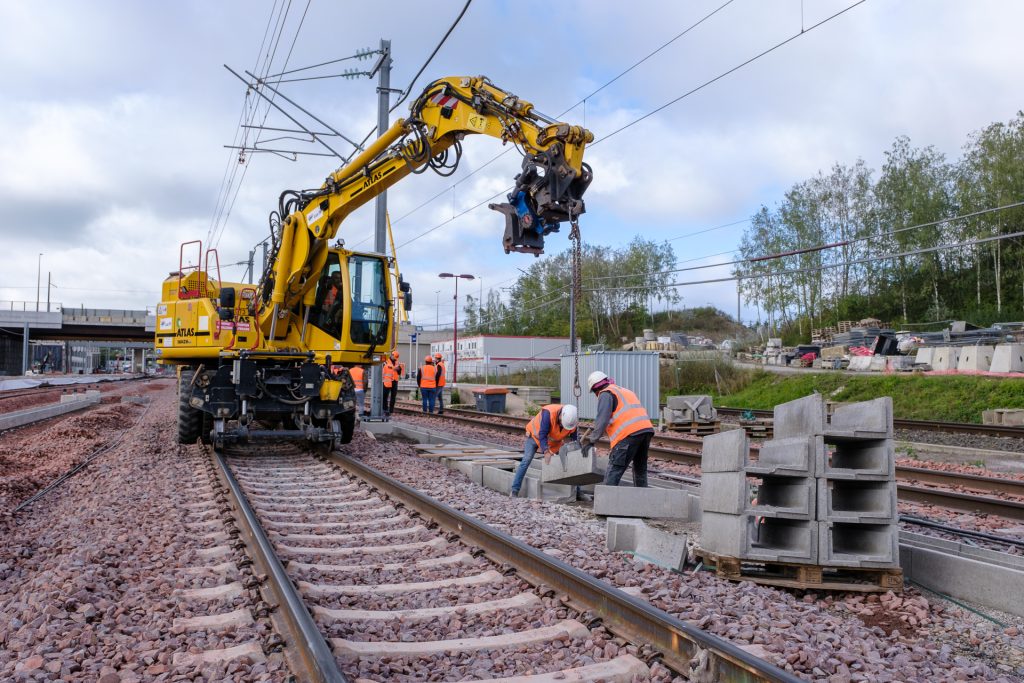
Rail traffic resumed on Monday 16 September 2024 on the Luxembourg – Bettembourg line, following a summer break that was essential for the ongoing transformation of the Howald rail stop. A review of the two months during which CFL teams and their providers were hard at work on this site, which is representative of tomorrow’s mobility
For the CFL, the summer of 2024 was used to carry out work at the Howald stop as well as in proximity of the Lunxembourg shunting yard and the tracks of the Repairs and Maintenance Centre. The objective of these works is a substantial increase in capacity for train handling (and therefore for customers) at the Howald stop, the connection to the future new Luxembourg – Bettembourg line and the splitting of operations between the country’s busiest line (Luxembourg – Esch/Alzette – Rodange) and the Lorraine corridor (Luxembourg – Bettembourg – Thionville), as well as the redesign of the entry/exit point from the south of the rail network at Luxembourg station.
3.5 kilometres of track renewed, 5,500 sleepers, 25,000 tonnes of ballast, 50 overhead-line foundations… the figures once again show the scale of the work carried out by the CFL to extend and modernise the rail network. The goal is to make the train the preferred means of transport for residents and cross-border commuters.
These figures come from the Howald rail stop, located on the section between Luxembourg and Bettembourg and used by passenger trains on the Luxembourg – Esch/Alzette – Rodange and Luxembourg – Thionville lines, as well as by freight trains. On site, the numerous buildings that have been completed or are currently under construction testify to the demographic and economic dynamism of this area, located at the crossroads of the communes of Luxembourg City and Hesperange, and with the importance to increase capacity on the most frequented section of the Luxembourg rail network.


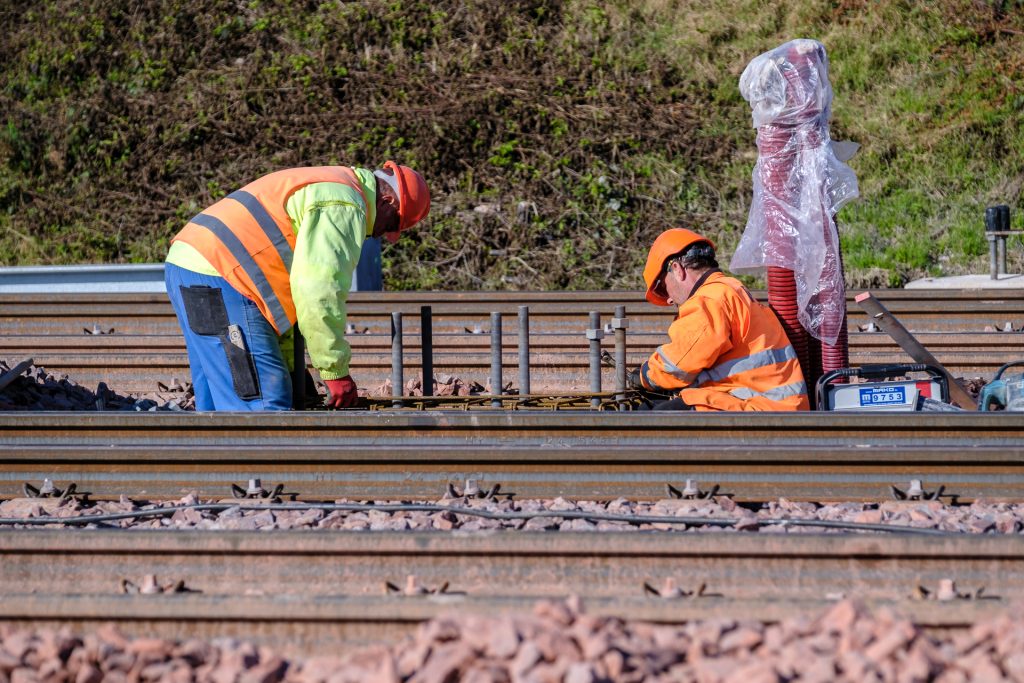

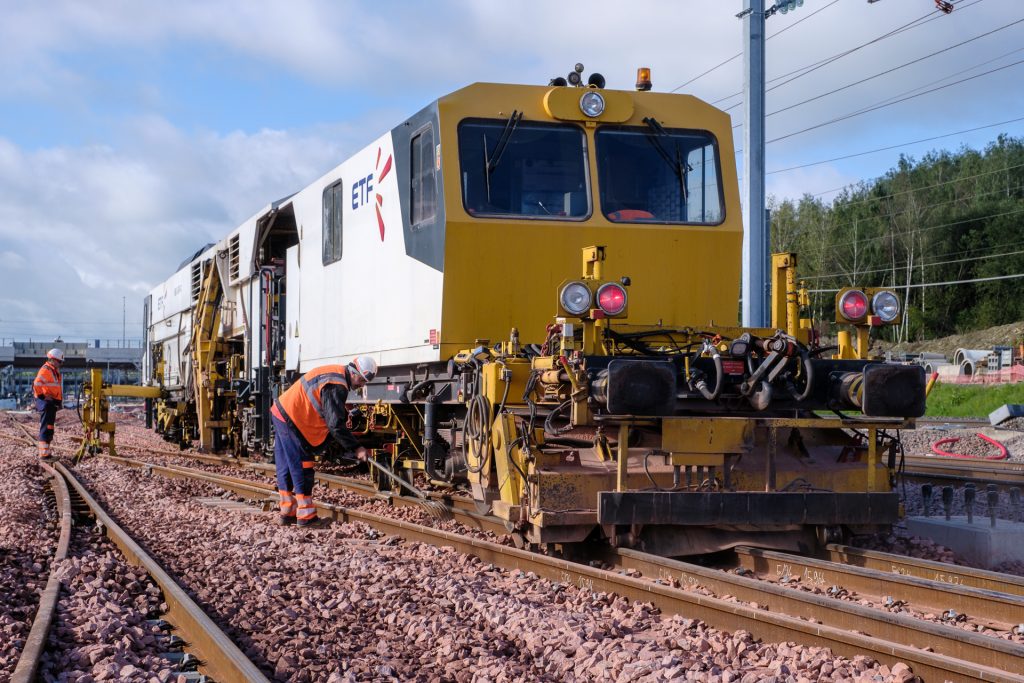

To support these economically significant activities while promoting efficient and environmentally friendly mobility, the CFL and other public mobility stakeholders (the Ministry of Mobility and Public Works, the National Roads Administration, the City of Luxembourg, Luxtram) have redoubled their efforts to make Howald one of the country’s main multimodal interchange platforms. A state-of-the-art mobility hub that allows customers to easily and conveniently combine individual motorised travel (by car and the nearby P+R), soft mobility (pedestrians and cyclists) and public transport (train, tram and bus).
Read more: Howald – another chapter in the development of the multimodal exchange hub The new Luxembourg – Bettembourg line in pictures… and in numbers
“One of our challenges is to coordinate a number of specialists operating in different locations over the same time slot, each with their own roadmap. Our role is to ensure that all the works are carried out on schedule, naturally taking into account safety, our main priority, as well as the final quality of service that we want to deliver to our customers via the rail network and infrastructure,” sums up David, the engineer in charge of the site transformation.

David, the CFL engineer in charge of the site’s transformation.
Civil engineering, railway contractors, overhead line systems, technical installations… A busy and coordinated hustle and bustle of experts was in action from 13 July to 15 September. The CFL favour school holiday periods to suspend the rail traffic, needed to carry out operations safely. This minimises the impact on customers, who are less likely to board trains during these periods.
“We have renewed 3.5 km of track and continued construction work on the new second platform at Howald, which will be used from September 2025 when the tracks of the existing line between Luxembourg and Bettembourg will be diverted there. Work will then focus on platform I, where the new Luxembourg – Bettembourg line will be connected. This summer, we also worked on the track at the Repairs and Maintenance Centre, where civil engineering work will continue until the end of the year. The aim is to enable our trains to access the Repairs and Maintenance Centre from the south of the country too. To this end, signalling and catenary installation work will be carried out in early 2025.”
The results of this work can be seen even more clearly in the photos:
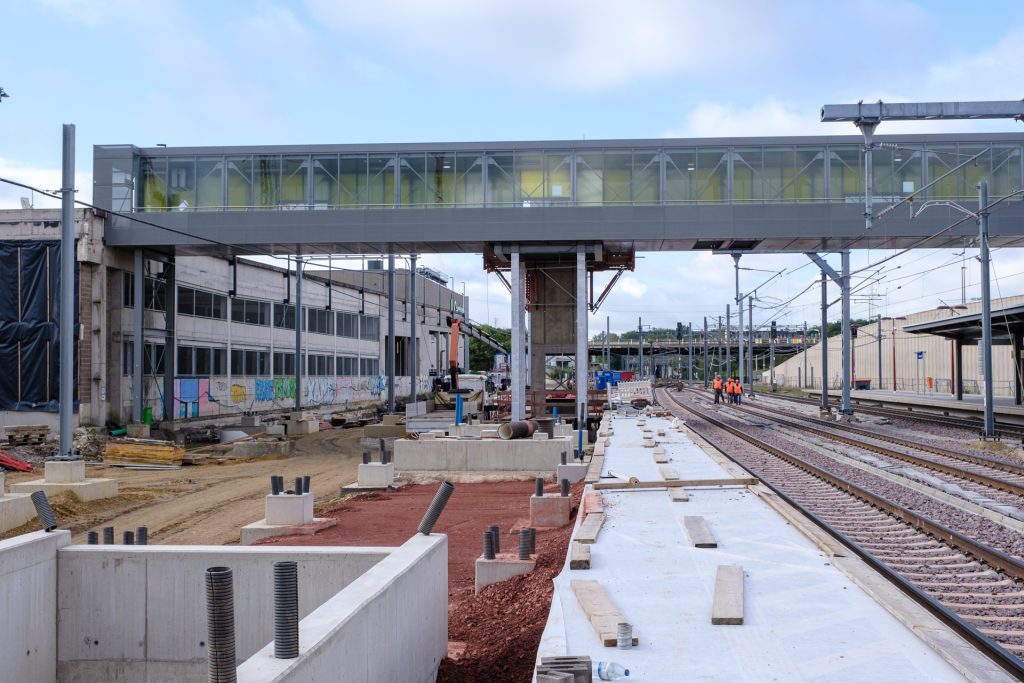
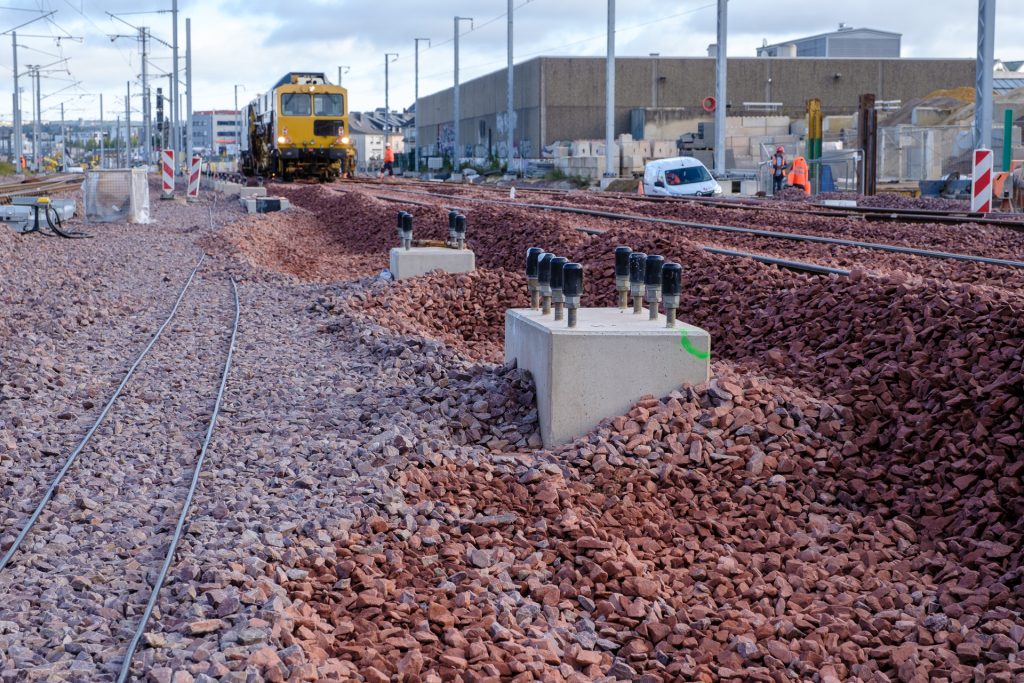

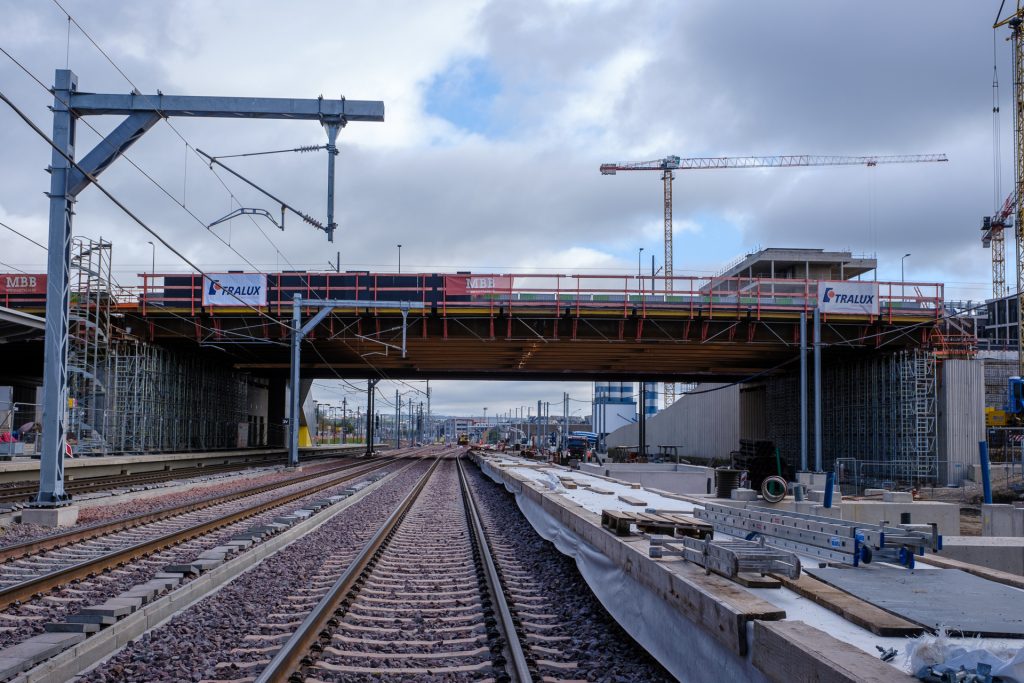

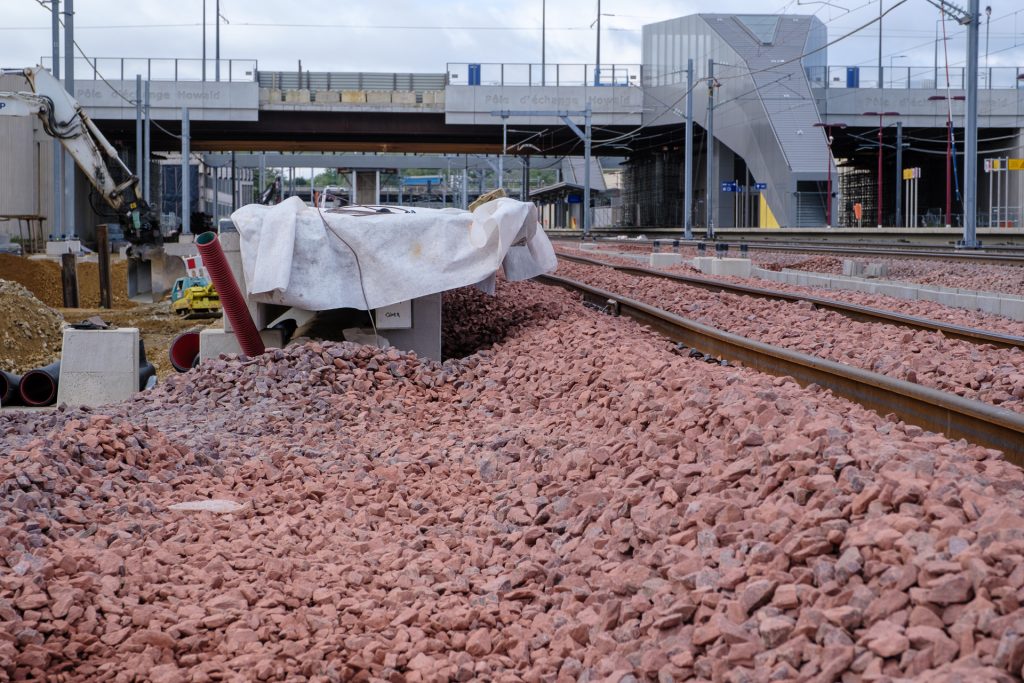


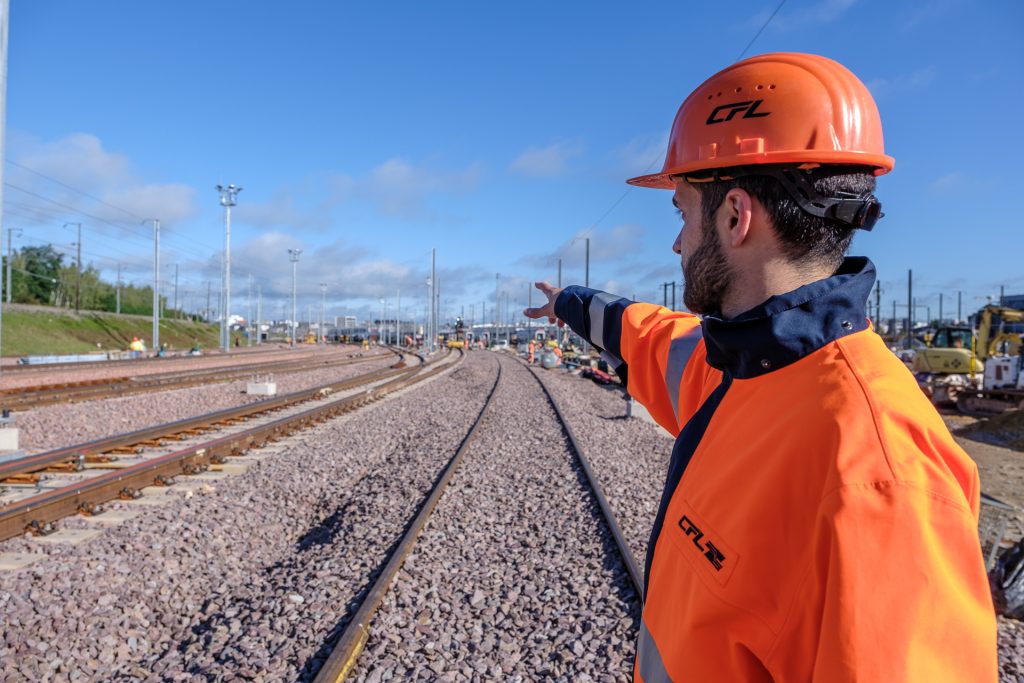
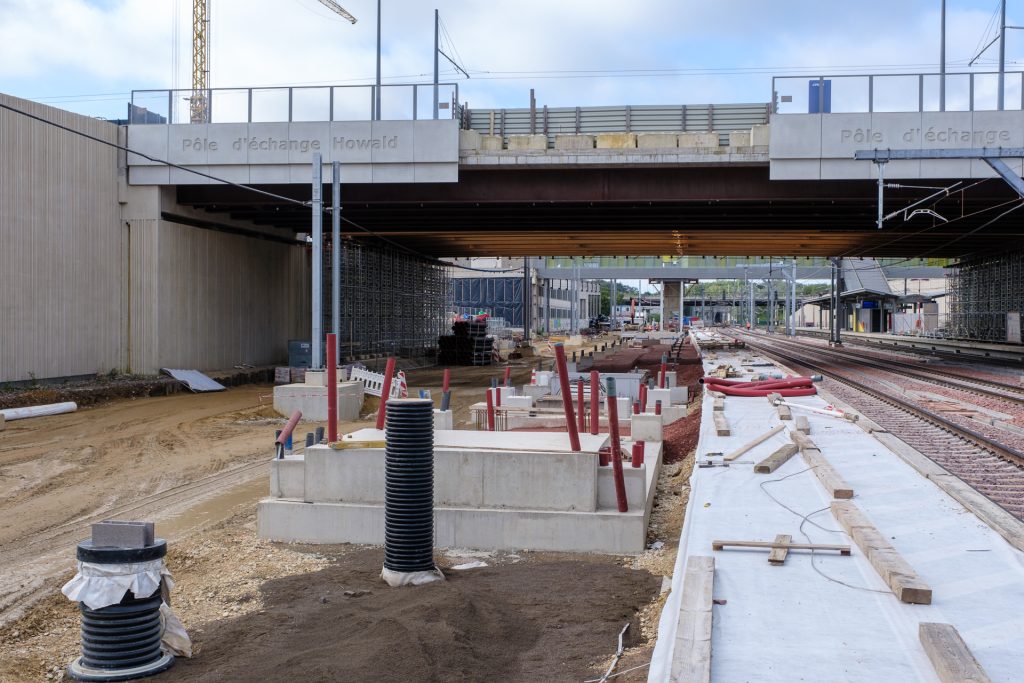
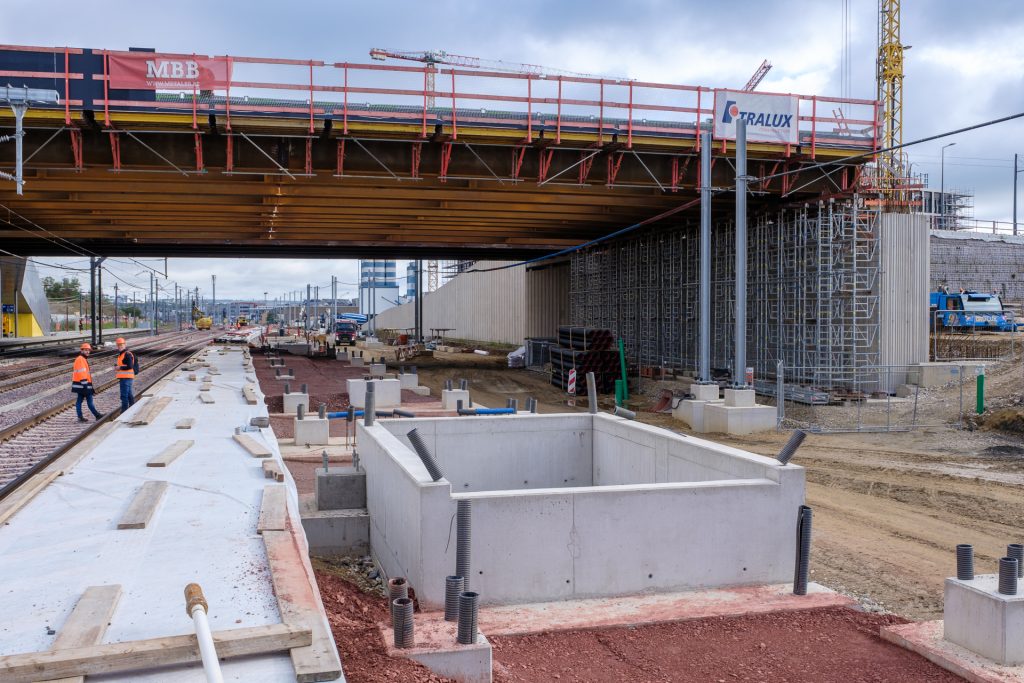
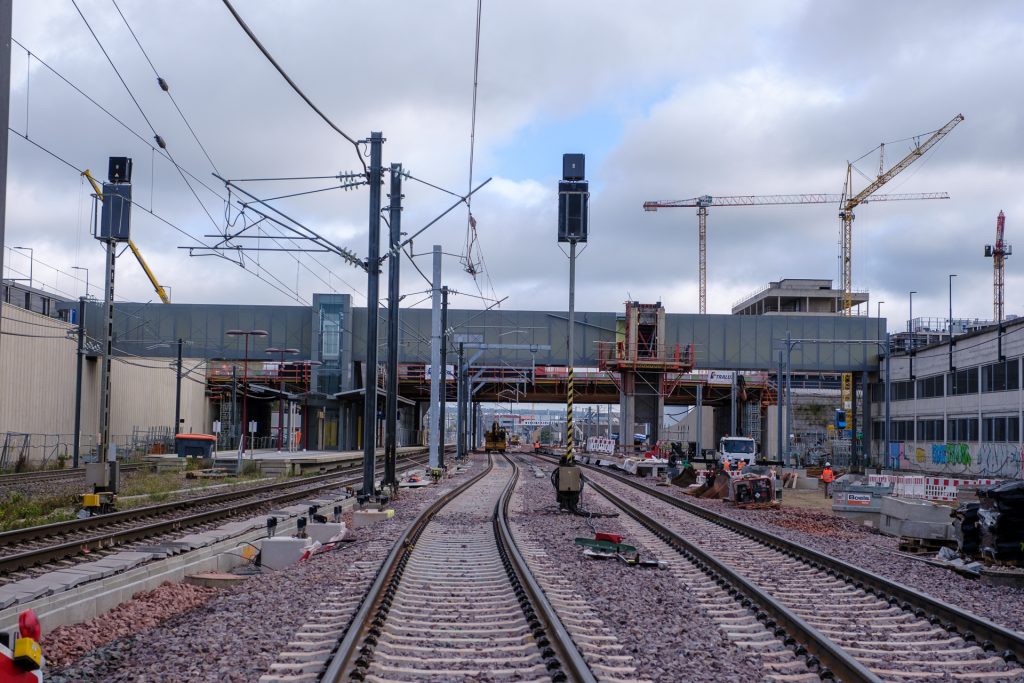
Network and rolling stock, two sides of the same coin
Every day, the CFL act with the needs of their customers at the heart of their strategy. With the ambition of becoming their number one mobility partner, the CFL are anticipating tomorrow’s mobility, which will rely more than ever on the train as the backbone of public transport on a national scale.
To achieve this, the CFL are modernising and expanding their fleet of rolling stock, such as the 34 new Coradia trains, the first of which will gradually enter service in the next few days. In addition, the rail network and infrastructure are being adapted to accommodate ever more trains (passenger and freight), with safety, punctuality, quality and multimodality must be guaranteed.
